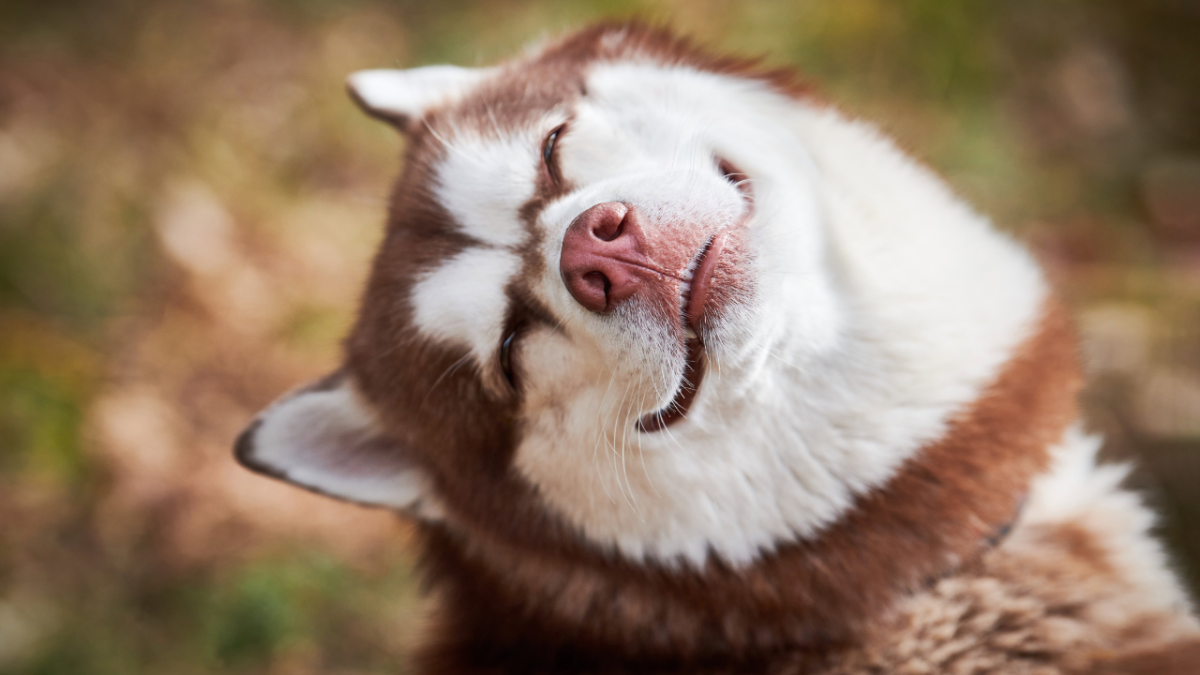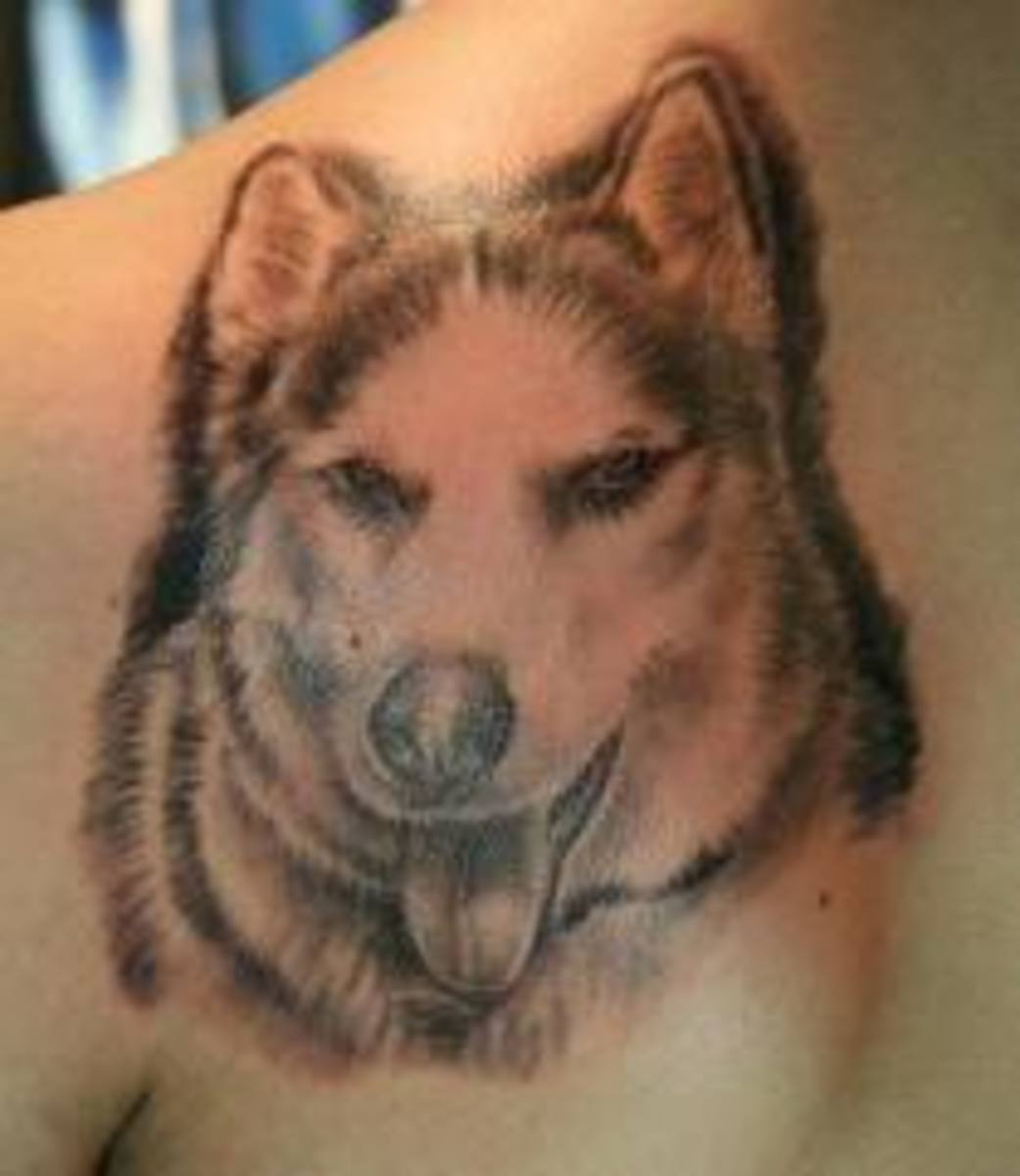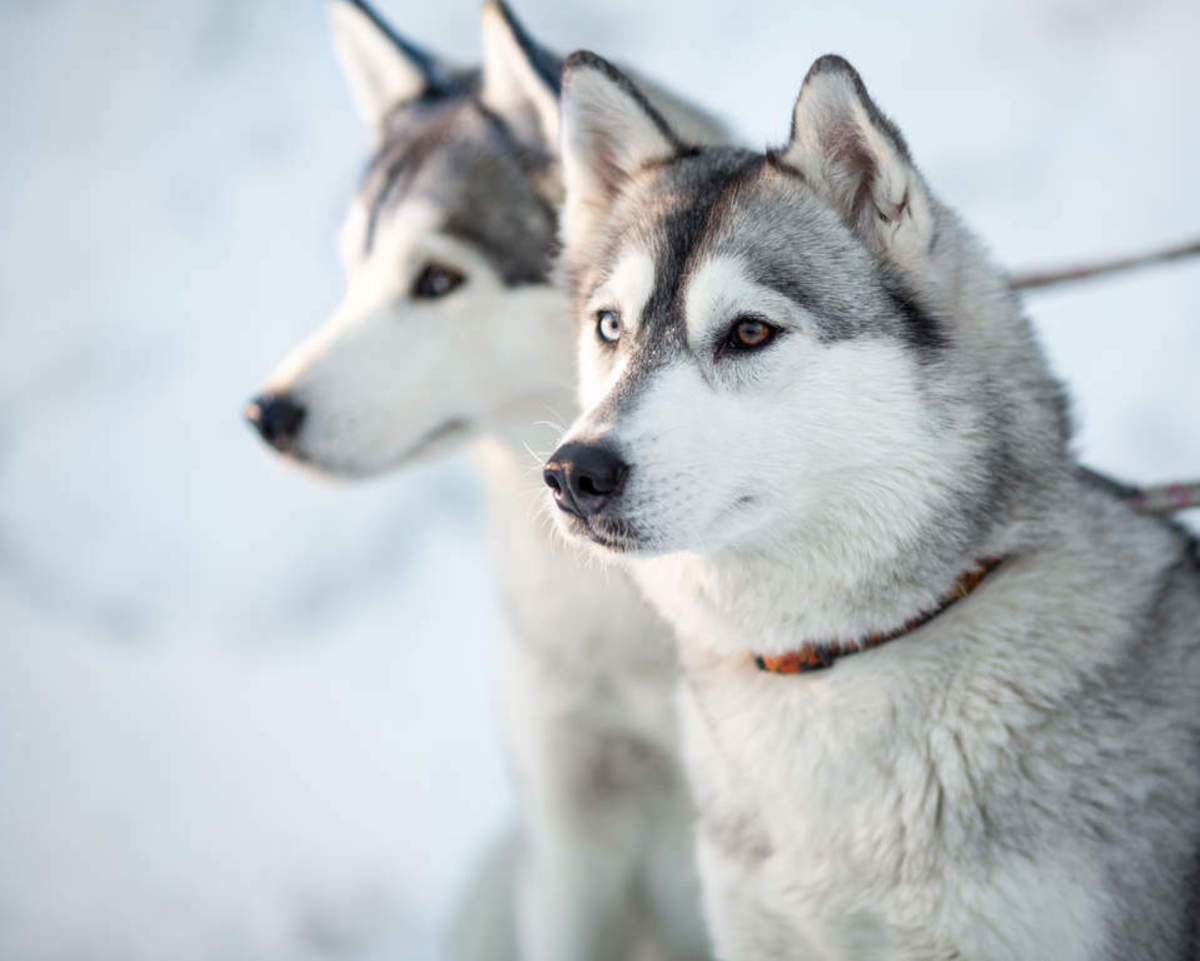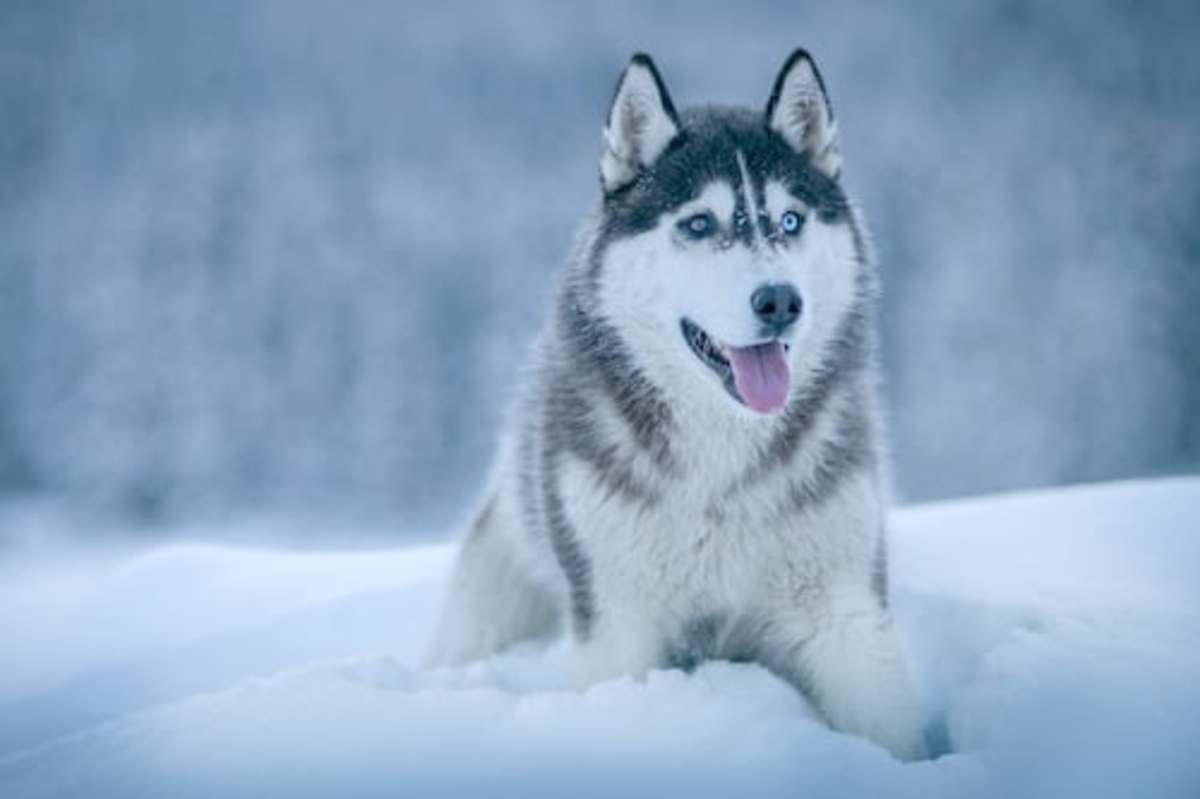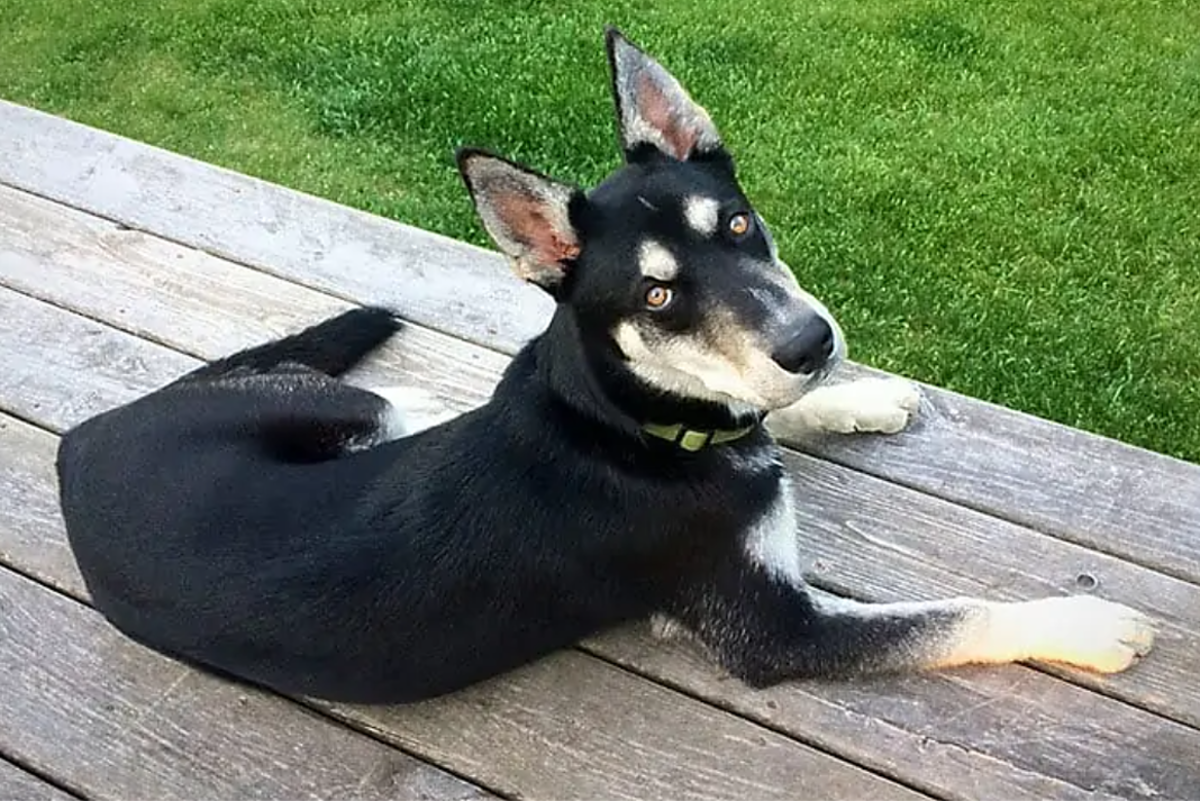Siberian Husky History
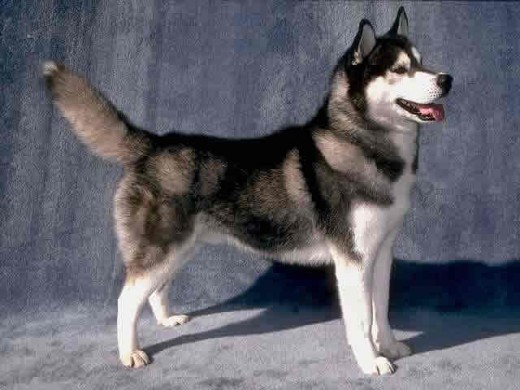
Where it all began
Any dog lover probably knows a little something about the SiberianHusky: those big, beautiful eyes, the thick coat of fur, and the high energy levels. What most people don't know is a little bit of history about these wonderful animals.
Siberian Huskies, following the name, originate from Russia, where the Cukchi people bred these animals as work-dogs. These Chukchi peoples needed fast dogs with plenty of stamina for their day-to-day needs.
In 1908, Siberian Huskies were introduced to the United States through Alaska, and their popularity took off. Sled races with teams of Huskies won races easily, pulling large cargo long distances was now a breeze, and even police forces were now more mobile.
In 1910, a team of Siberian Husky sled dogs, led by John "Iron Man" Johnson, won their first All Alaska Sweepstakes Race, a 408-mile, grueling trudge through Alaskan tundras, with ease. For the next decade, these dogs exploded with popularity and started slowly speading to the continental United States.
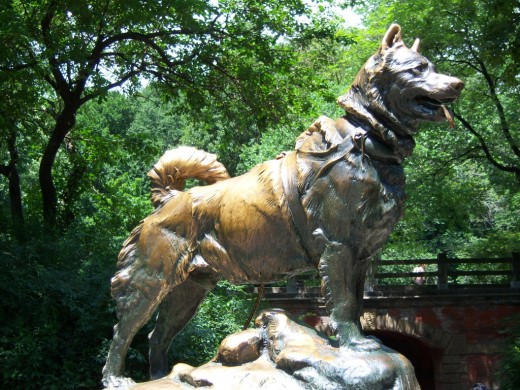
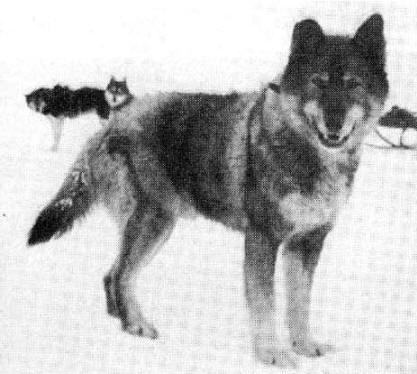
Siberian Huskies Become Famous: The Diphtheria Epidemic
In January of 1925, doctors in Nome, Alaska discovered a disease epidemic amongst the younger residents. They concluded it was diphtheria, and the race was on to find and deliver the nearest medicine for the town. They soon located the nearest serum: Anchorage, over a thousand miles away. Not only was it a far distance through a treacherous trail, but the only plane in Alaska at the time was disassembled (I think for repairs, but I don't remember).
The only option was to assemble teams of sled dogs to relay the medicine from Anchorage to Nome. The serum was transported by sled-dogs 670 miles to a railroad and carted by train the rest of the way. The teams of sled-dogs mushed through terrible, below zero degree weather. The most famous team was led by Togo, a Siberian Husky and team leader who has won multiple races. Their path was the longest and hardest, winding 91 miles over mountain passes and through thick forests to the next station. Togo and his fellow dogs actually covered close to 300 miles because they ran back and forth a couple of times.
Just six days after the first team was released, the last team arrived at Nome, led by another famous sled dog, Balto. Balto was already a popular dog, but now became famous for leading the fastest leg of all the dog teams and successfully finishing the job. Balto and his team traveled around the world.
Thanks to all the dog teams, their mushers, and, especially, Togo and Balto, the town was saved from the deadly disease.
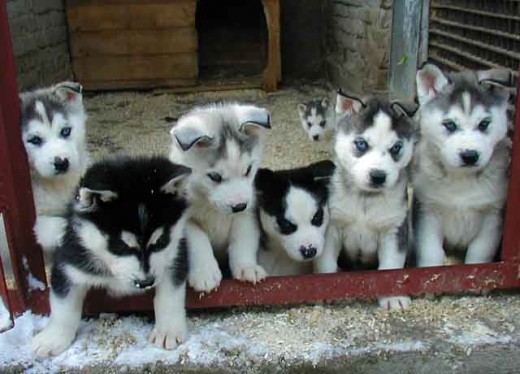
The Husky Today
Presently, hundreds of thousands of dog owners enjoy the presence of a Siberian Husky to his or her family. Most, but not all, Huskies are found in colder climates because of the thick fur coat. Not many future dog owners in Florida will chose a Siberian Husky!


